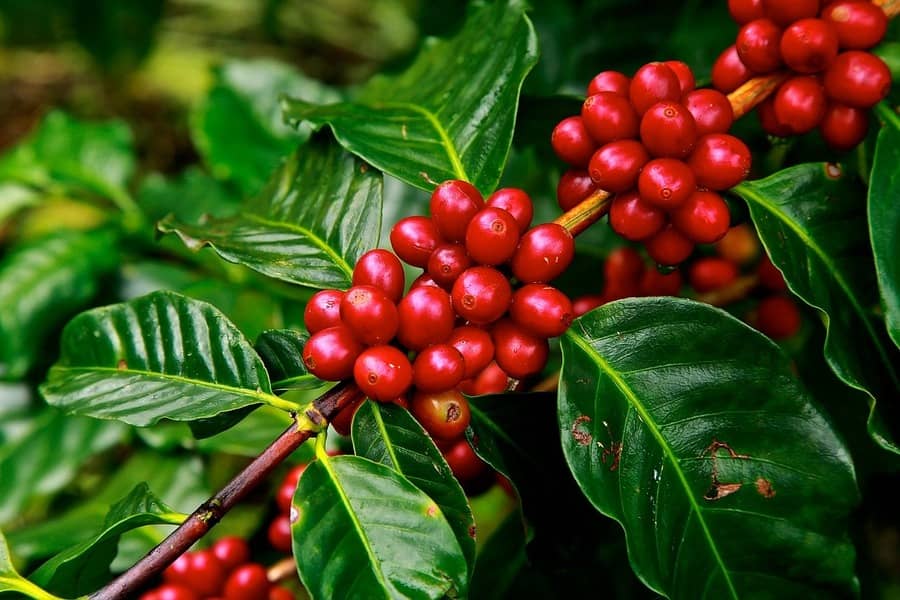Brazil is about to start the harvest of Brazil’s 2022 season, which allows for a better assessment of the potential Brazilian production. Weather adversities in 2021 had a profound impact on the outlook for 2022. In general terms, plantations were already stressed by the record output reaped in 2020. The low water reserve associated with severe drought and high temperatures between April and May 2021 ended up compromising the development of crops. The frosts that occurred in important areas in July further damaged production, quite weakening the potential of Brazil’s 2022 crop.
Following the arabica biennial production cycle, 2022 is a year of high load. And a productive reference would be the record crop in 2020. The return of rains in October last year ensured a very showy blossoming, which brought a more positive outlook for the crop. But the occurrence of post-blossoming abortions ended up bringing pessimism, putting Brazilian coffee production in check again. Early 2022 has been positive for crops. Regular and abundant rains strengthened plants and created the expectation of good graining.
SAFRAS projects Brazil’s 2022 crop at 61.10 million bags. Although it accounts for an 8% recovery compared to 2021, it still corresponds to a 12% drop compared to the record crop of 2020. Arabica production, more vulnerable to climate setbacks, is expected to grow 11% compared to last year and must reach 38.80 million bags. In comparison with what was reaped in 2020, it represents a 23% decline. In terms of volume, it corresponds to a loss of production potential of 11.40 million bags. This is the size of the production damage caused by drought and frost in Brazil. Practically all arabica-producing regions lost their productive potential, mainly in the south and Cerrado of Minas Gerais and Mogiana in São Paulo.
The production of conillon, in turn, continues to rise in Brazil, which will mitigate the potential losses of arabica. The conillon crop benefits from favorable weather and high prices. And it should reach 22.30 million bags this year. Up 3% from last season. It is worth noting that conillon production has increased since 17/18, when, due to the drought in Espírito Santo, it hit only 12.20 million bags. The rejuvenation of coffee trees, especially in Espírito Santo, has guaranteed good performance in recent years.

